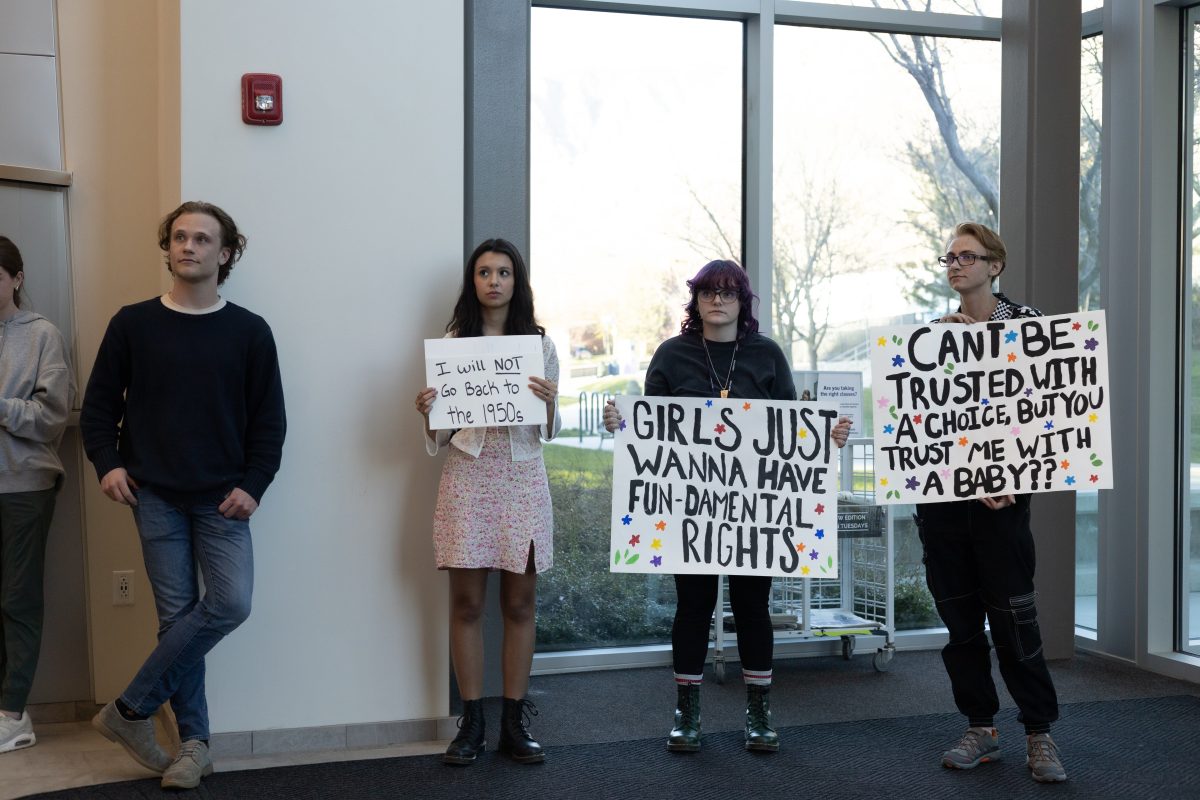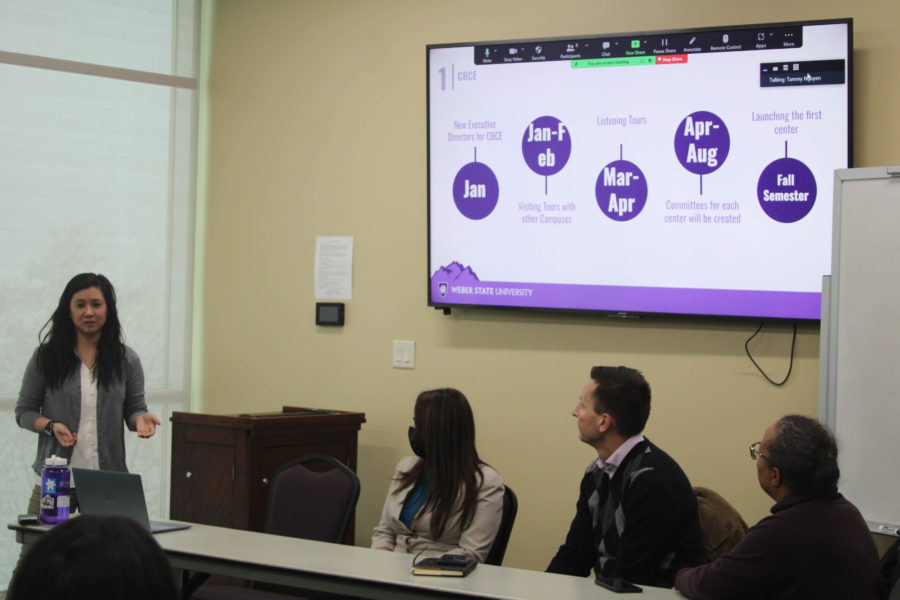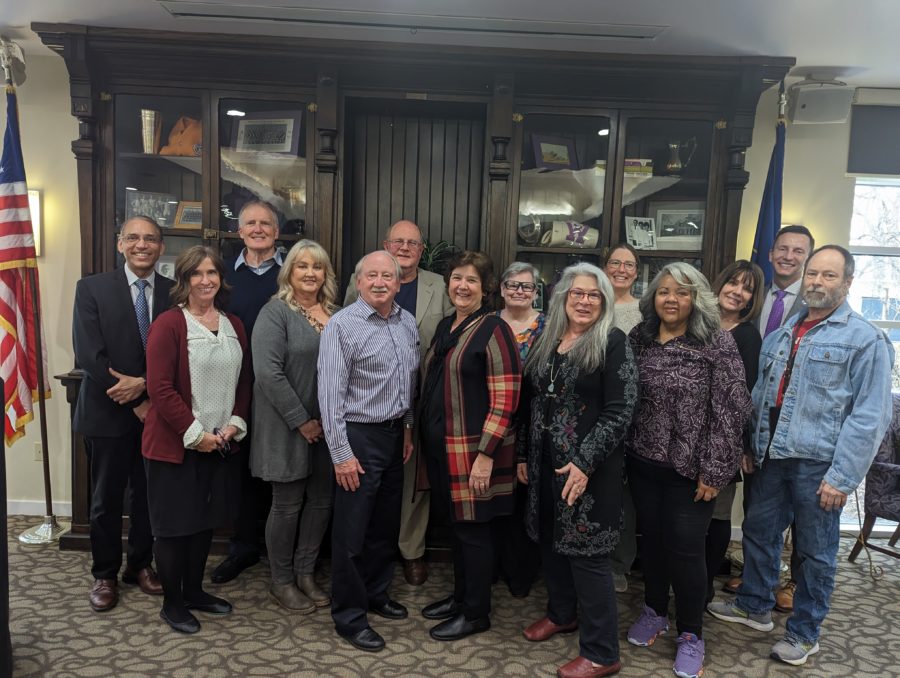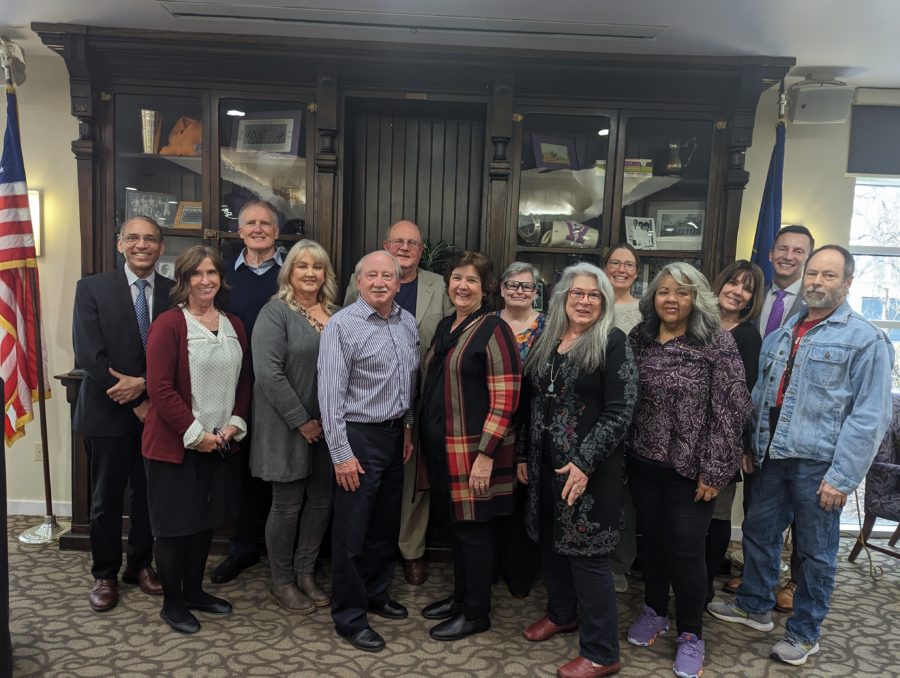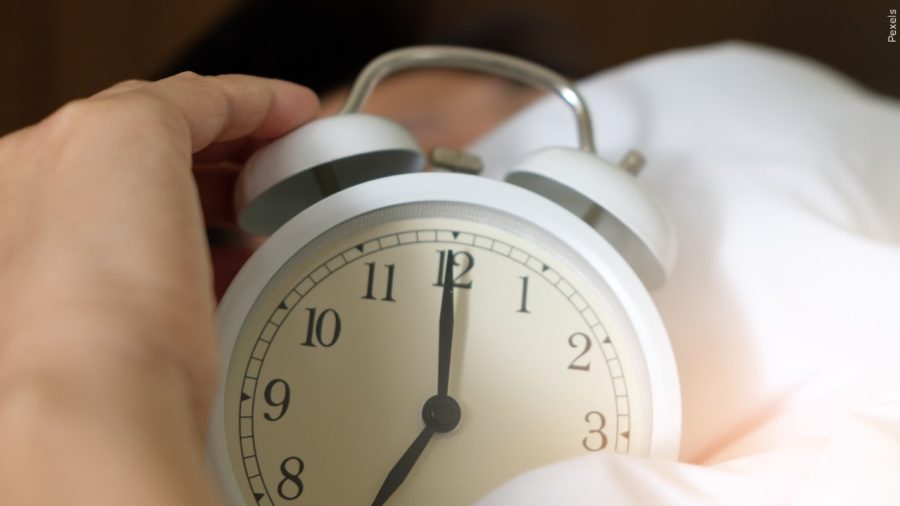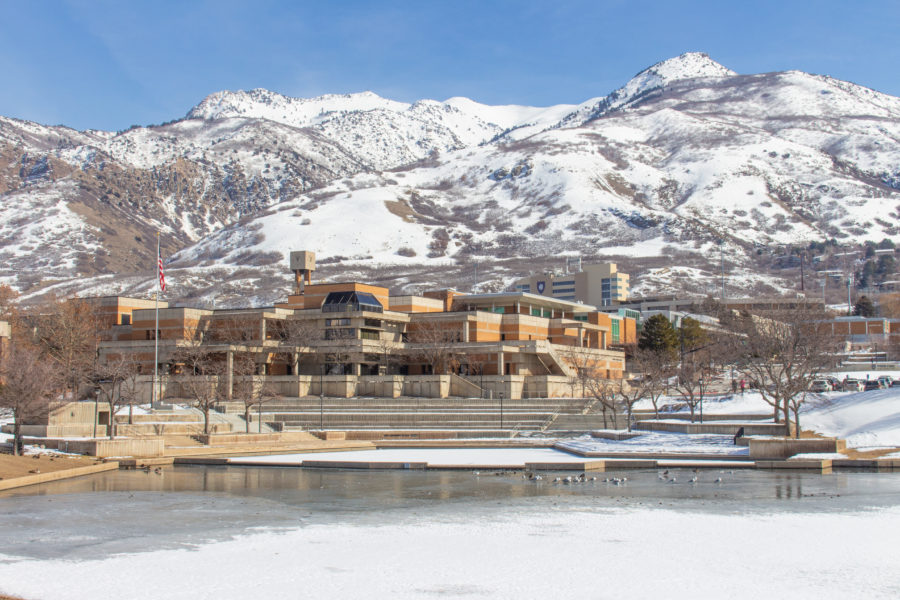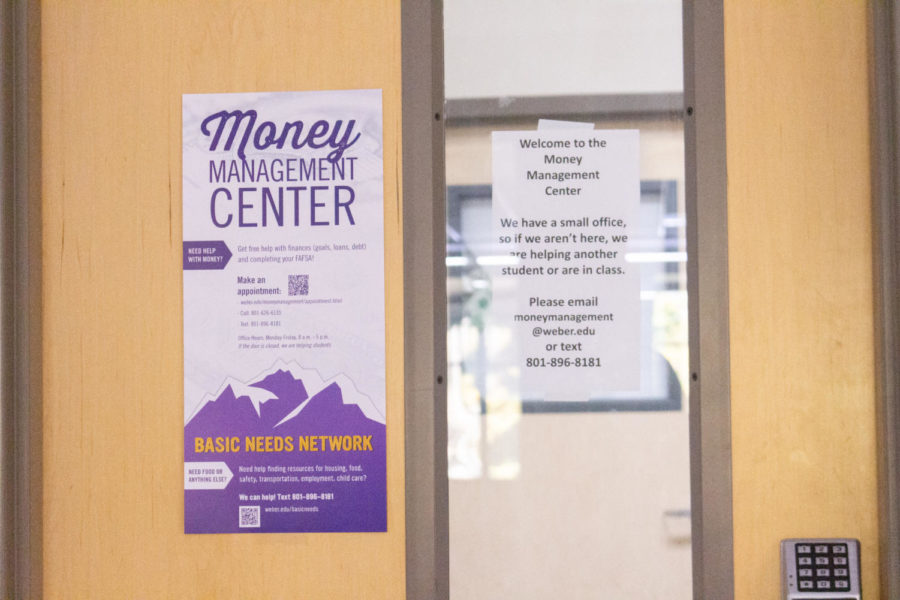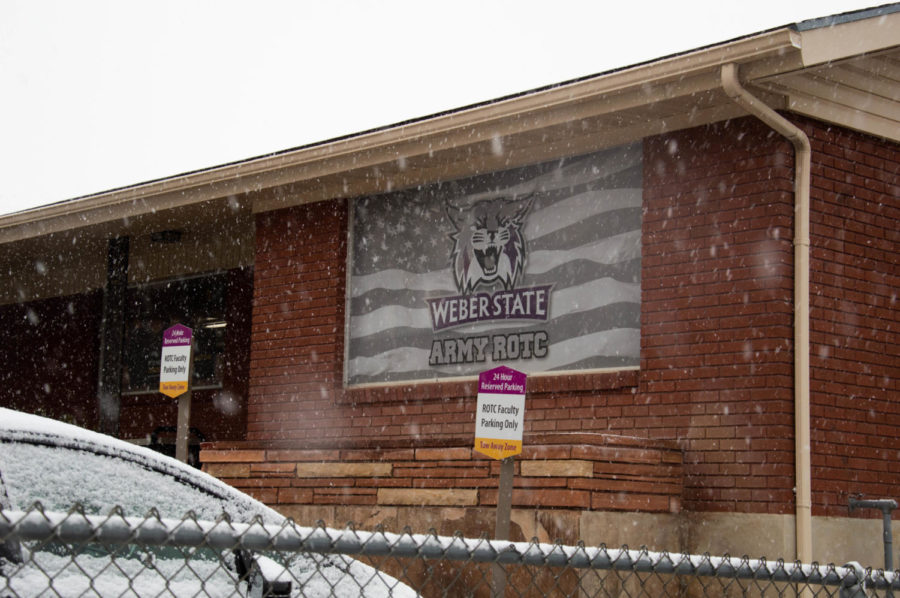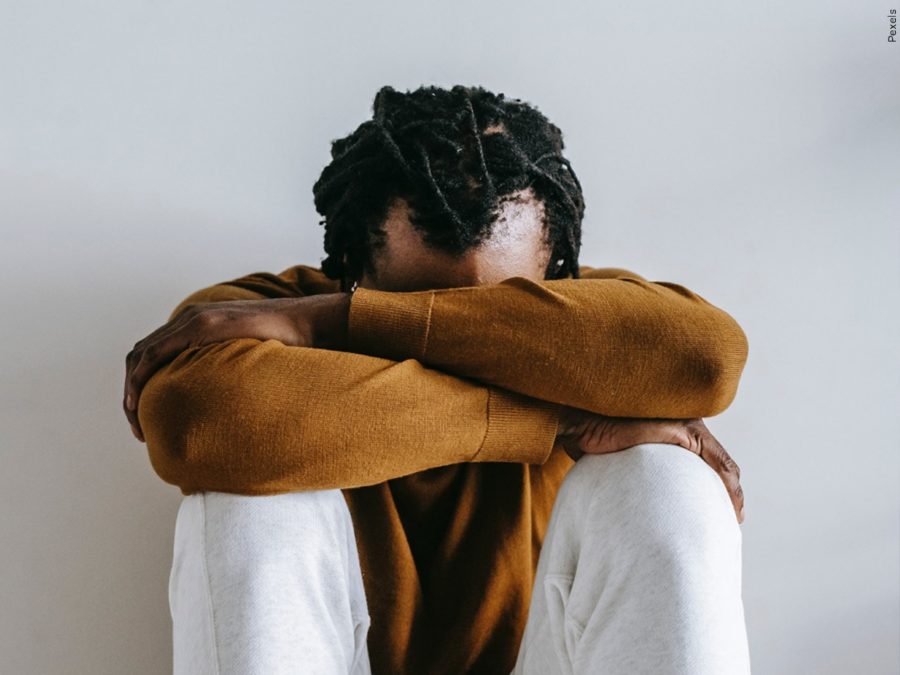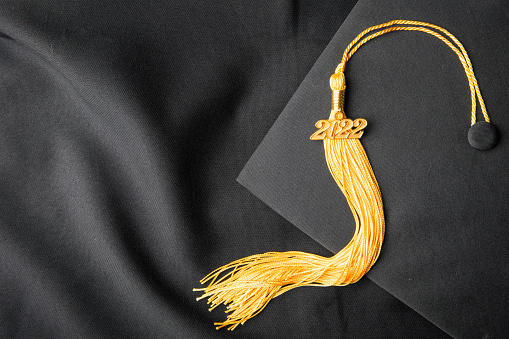The recent interaction between student Michael Moreno and debate coach Ryan Wash caused significant controversy online and on campus after Moreno posted recordings of in-class interactions on YouTube. Since then, WSU faculty and staff have refocused on what it means to provide an environment of academic freedom and free speech while at the same time ensuring that all people on campus feel physically and intellectually safe.
Adrienne Andrews, WSU’s Vice President for Diversity and Chief Diversity Officer, hosted a forum discussion for faculty and staff on the morning of Nov. 20. Andrews invited several faculty and staff members to share their ideas and to review the university’s official policies regarding these matters.
The panelists in the discussion included Professor of Economics Dr. Doris Stevenson; Dean of the Library Wendy Holliday; Director of the Women’s Center Paige Davies; Professor of Chemistry Dr. Tim Herzog; Professor of Teacher Education Dr. Forrest Crawford and Dane LeBlanc the former chief of WSUPD and the current Director of Safety.
“Academic freedom is one of the pillars of the university,” Herzog said. “It allows us to do things that are controversial and challenging, things that may be upsetting to other people.”
Herzog believes that there are challenges with how others may interpret or use academic freedom. He also believes that curriculum should fall within an agreed-upon set of rules. The university has curriculum review processes and committees to ensure and approve curriculum quality.
“Faculty cannot just teach any controversial topic they want outside of their disciplinary area,” Herzog said.
Dr. Stevenson added to Herzog’s sentiment.
“You have the freedom to teach anything that falls within the purview of the legitimate pedagogical reason,” Stevenson said. “How do we balance student rights and teacher rights? You have to fall back on policy.”
According to Stevenson, current university policy gives students the right and responsibility to determine whether they should or can complete a course. If a student has a problem with a course’s material, they may drop the course. If the course is a requirement for degree completion, the student may ask the course instructor for a reasonable accommodation. It is up to the faculty member to determine what the accommodation will be. The faculty member may deny the request unless the denial is “arbitrary, capricious or illegal.”
After the panel discussed academic freedom and students’ options in courses they may have issue with, Crawford addressed the issue of free speech.
“The student comes (to class) with the view that they have a wide range of consideration that they can explore,” Crawford said. “To me, I do not assume that free speech is ‘whenever, wherever, however.’ Free speech has a particular obligation, a particular guideline, a particular way.”
Crawford believes, from a faculty standpoint, that teachers ultimately want students to respond to questions, but in a responsible way. Teachers should provide a structured way for students to share a diversity of opinion.
Andrews concurred with Crawford’s idea by suggesting that faculty, with their students’ consent, should establish rules of debate on the first day of class each semester. Andrews believes students can express dissent more constructively if they establish rules with their peers for expressing opinion.
Holliday continued the discussion on free speech by arguing that spaces for free speech must also be spaces of productive learning. She believes the university must ultimately fulfill its role, not as a public forum, but as a learning space. Holliday will not censor what students and faculty choose to read, but she hopes students and faculty will choose to address inequities.
The conversation then turned to LeBlanc to address issues of campus safety.
“If someone wants to protest, we take an unbiased approach,” LeBlanc said. “Our job is to facilitate safe, free expression.”
LeBlanc acknowledges that this sometimes means having to physically separate protestors from counter-protestors.
Davies reviewed and reinforced university policy that is meant to prevent any type of discriminatory harassment.
“If a university employee or student is experiencing any type of harassment or feels physical danger, they can seek remedies through the Affirmative Action Equal Opportunity (AAEO) Office,” Davies said. “There are formal and informal measures to help students, faculty and staff.”
An audience member asked about what students can do if they feel disrespected by a professor, but not harassed or unsafe.
“In this case, students should report how they feel to the department chair,” Herzog said. “The department chair or dean can explore that. If the need arises, students can also file complaints with the AAEO Office or the Provost’s Office.”




